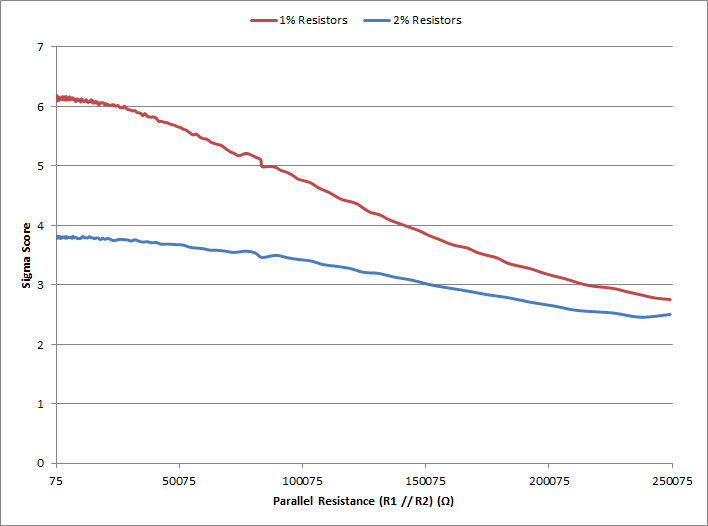Hi Team,
Is E24 series usable for FB resistors?
I found that it was necessary to use a 19 kΩ parallel connection for the best output accuracy.
“For best accuracy, make the parallel combination of R1 and R2 approximately equal to 19 kΩ.”
How does the 19kΩ tolerance affect the output?
If the output goes from 19kΩ to the plus direction, is the output also in the plus direction?
Best Regards,
Kenji


